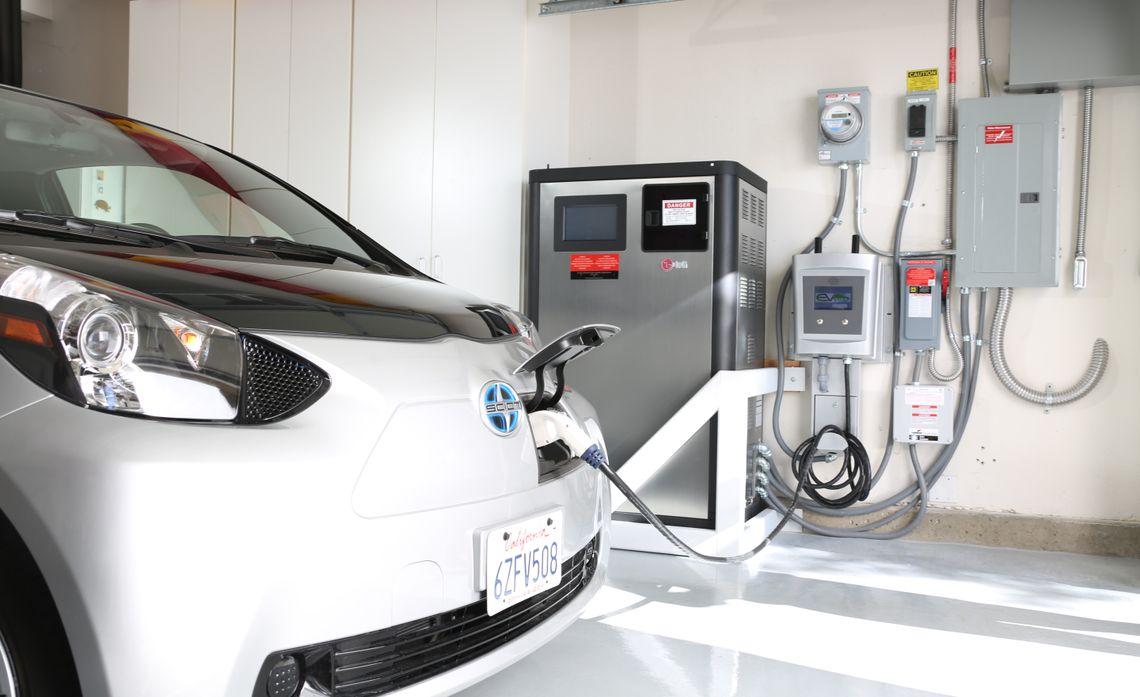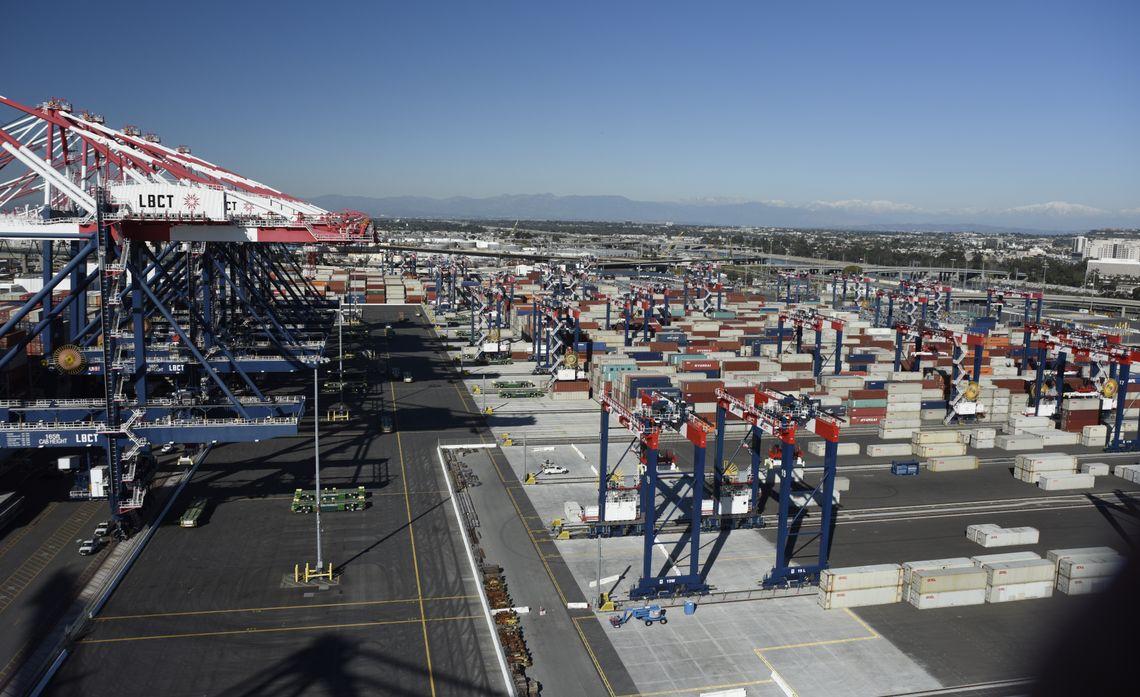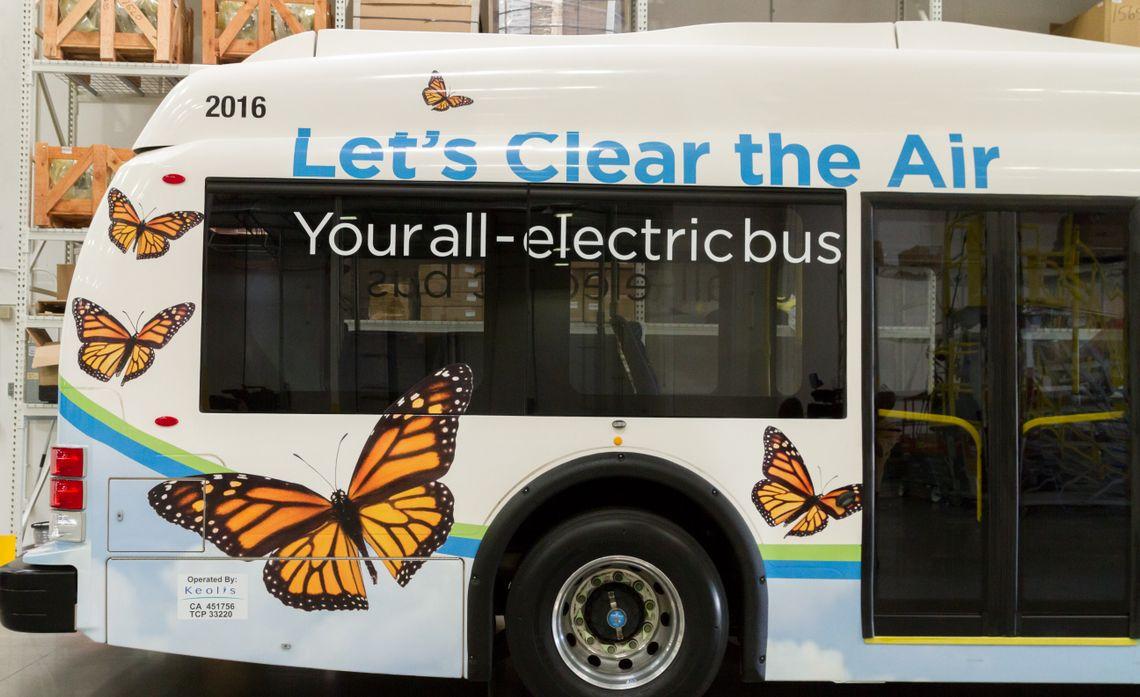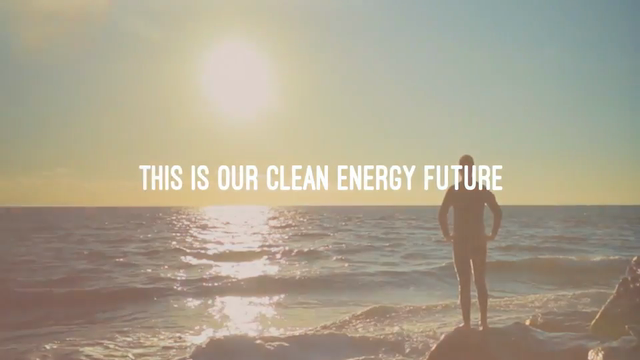SCE Receives State Approval for Four Electric Transportation Pilots
The projects are part of the company’s strategy to help reduce greenhouse gas and air pollution.
Southern California Edison received approval today to move forward on four pilot projects that will help to expand electric transportation. Transportation electrification is key to meeting California’s 2030 greenhouse gas and air pollution reduction goals.
The pilot projects approved by the California Public Utilities Commission for about $4 million each are part of a much larger plan to expand the electrification of cars, buses, medium- and heavy-duty trucks, and industrial vehicles and equipment that the company filed with the commission last January.
“Our strategy is to, one, increase the use of renewable clean energy, and, two, increasingly use that clean electric energy to reduce the use of fossil fuels in other sectors of the economy — especially transportation,” said SCE President Ron Nichols. “Electrifying transportation represents the largest near-term opportunity to reduce greenhouse gas emissions and drive down pollution that impacts public health.”
The pilots that have been approved include:
- Customer rebate for residential charging station installation. SCE will provide rebates to residential customers living in single-family residences or smaller multi-unit dwellings to install the electrical infrastructure required in a garage or at a dedicated parking space to support electric vehicle charging. The rebates would alleviate the cost of installing a new circuit and, for some customers, the cost of a new panel.
- Transit bus electrification. SCE will install infrastructure and provide rebates toward the purchase of the charging stations for buses. This one-year project will focus specifically on progressive transit agencies that are already preparing to receive electric buses and will provide charging infrastructure to speed adoption of electric transit buses.
- Port electrification projects. At the Port of Long Beach, SCE will install necessary infrastructure for the electrification of equipment used to unload and move goods containers from ships to off-port transportation vehicles currently powered by diesel engines.
- Urban DC Fast Charger (DCFC) clusters. SCE will work with program participants to install five DC fast-charge sites in urban areas. Each site will have up to five dual-port charging stations for a total of 50 DC fast-charge ports. The sites will be located in publicly accessible urban locations — for example, downtown or near high-density apartments.
The investments are designed to help move California closer to its 2030 climate change goal of reducing greenhouse gas emissions to 40 percent below 1990 levels. Supporting the shift to electrification will also help reduce tailpipe emissions that contribute to violations of federal health-based ozone standards in Southern California.
Part of the plan still awaiting approval from the commission is a $550 million investment program for medium- and heavy-duty vehicle charging to help grow the transportation electrification market over a five-year period. In addition to supporting trucks, this program also calls for investments in plug-in buses, forklifts and other off-road equipment. A decision on the larger portion of the plan is expected later this year.
The plan is tailored to Southern California, where 40 percent of the goods entering the nation are moved through the region’s ports and over its highways. While crucially important to the state and local economy, the goods movement industry is a major source of greenhouse gas emissions and air pollution from heavy-duty commercial and industrial vehicles at ports, warehouses and along freeway corridors. Hence, the plan particularly focuses on communities that are disproportionately affected by pollution and economic hardship, often located along transportation corridors.
The transportation electrification plan is a key component of the clean energy vision SCE recently laid out in a white paper entitled “The Clean Power and Electrification Pathway,”which calls for more than 7 million electric vehicles in California and an electric grid that is supplied by 80 percent carbon-free energy.
“These pilot projects will allow us to look at solutions to address some of the biggest challenges to electrifying California’s trucks, buses and cars,” said Katie Sloan, SCE principal manager of Product Development & Division Management, who oversees the pilots. “And, every fossil-fuel burning vehicle that is removed from California’s roadways contributes to better health for the many Californians who live near our freeways and transportation corridors.”
Because the transportation sector accounts for half of California’s greenhouse gas emissions and more than 80 percent of its air pollution, electric vehicles will become increasingly beneficial to the environment as more renewable resources are added to the grid, said Sloan.






